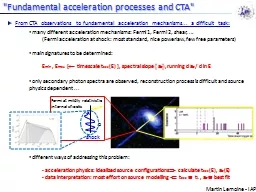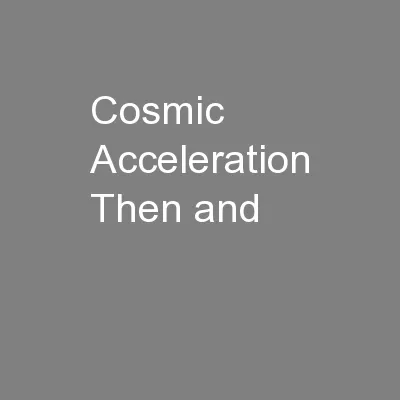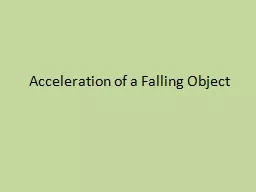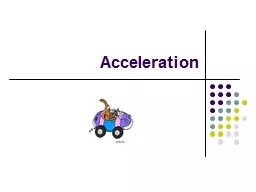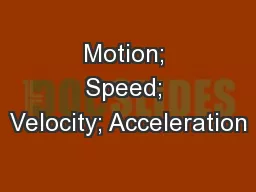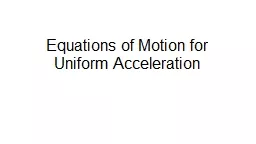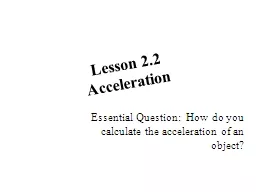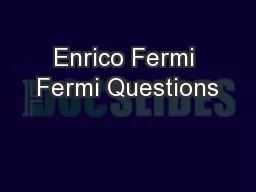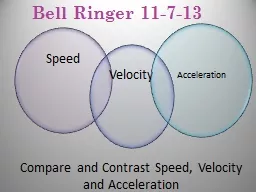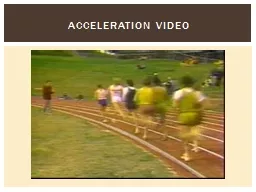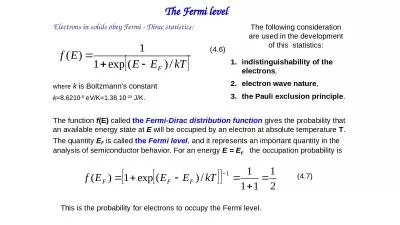PPT-many different acceleration mechanisms: Fermi 1, Fermi 2,
Author : olivia-moreira | Published Date : 2016-05-26
Fermi acceleration at shock most standard nice powerlaw few free parameters main signatures to be determined E min E max à timescale t acc E spectral
Presentation Embed Code
Download Presentation
Download Presentation The PPT/PDF document "many different acceleration mechanisms: ..." is the property of its rightful owner. Permission is granted to download and print the materials on this website for personal, non-commercial use only, and to display it on your personal computer provided you do not modify the materials and that you retain all copyright notices contained in the materials. By downloading content from our website, you accept the terms of this agreement.
many different acceleration mechanisms: Fermi 1, Fermi 2,: Transcript
Download Rules Of Document
"many different acceleration mechanisms: Fermi 1, Fermi 2,"The content belongs to its owner. You may download and print it for personal use, without modification, and keep all copyright notices. By downloading, you agree to these terms.
Related Documents

